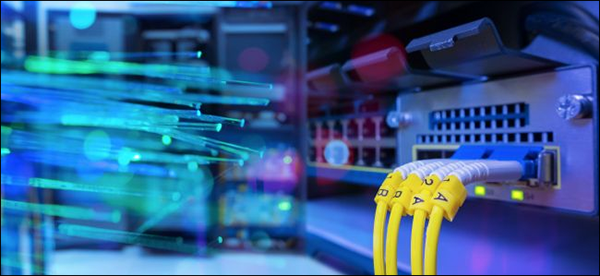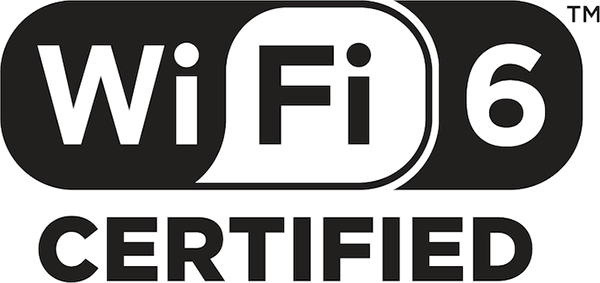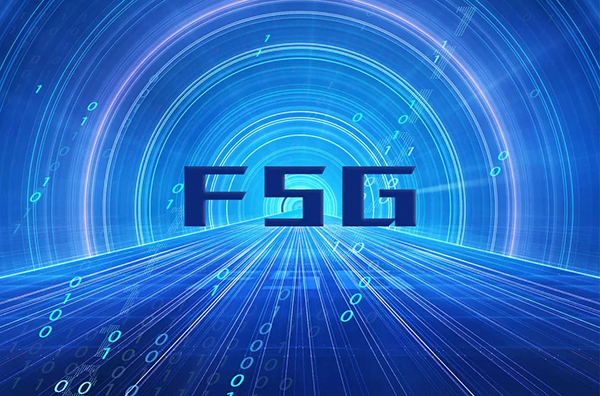
What is F5G?
F5G is the 5th Generation Fixed Networks.
Before F5G, are there F1G~F4G?
In fact, before F5G was proposed, there were no F1G~F4G. When F5G was proposed, experts put the previous fixed-line technology into a “check-in” and defined F1G~F4G.
From F1G to F5G, the differences are as follows:
| Generation | Key Technology | Rate |
| F1G | PSTN/ISDN | 64Kbps |
| F2G | ADSL | 10Mbps |
| F3G | VDSL | 30-200Mbps |
| F4G | GPON/EPON | 100-500Mbps |
| F5G | 10G PON | 1-5Gbps |
What is the history of F5G?
Before 2019, there was no F5G in this world.
Looking at the rapid development of 5G in 2019, fixed-line experts believe that three international organizations, ITU, 3GPP, and GSMA, are coordinating actions in the field of mobile communications. ITU is responsible for technical research and spectrum allocation, and 3GPP is responsible for intergenerational definition and standard formulation. GSMA undertakes industrial cooperation and development. The cooperation of the three has created the glory of the mobile communication industry and 5G.
On the other hand, in the fixed network field, organizations such as ITU, IEEE, ETSI, BBF, OIF, etc. are all in charge. They have not formed a close coordination mechanism, nor have they given a clear generational division and evolution roadmap, which has largely hindered the solid network. The development of Internet technology and its applications.
Therefore, they decided to set up a new organization to lead the coordinated development of fixed-line technology and promote the standardization of technology.
In the second half of 2019, 10 companies including China Telecom, China Academy of Information and Communications Technology, Huawei, Telecom Italia, and Portugal Telecom jointly initiated the establishment of an F5G working group.

This initiative was approved by ETSI (European Telecommunications Standards Institute) in December.
In February 2020, ETSI announced the establishment of ETSI F5G ISG (ISG: Industry Specification Group). The kick-off meeting of the working group was held from February 20 to 21. The panel members elected Dr. Luca Pesando (Telecom Italia) as the chair and Dr. Jiang Ming from China Telecom Research Institute as the vice chair.
Currently, ETSI ISG F5G has 7 WIs (standard research projects), and Release-1 will be released around the end of this year. The first white paper of F5G is expected to meet with you soon.
The expansion rate of F5G organization is also relatively fast. As of August 2020, the number of members has reached 45.
What are the industry vision and key features of F5G?
When ETSI F5G ISG was founded, it put forward the industrial vision of “Fibre to Everywhere”.
At the same time, they also defined three key F5G features: FFC, eFBB, and GRE:
(1) FFC (full-fiber connection, all optical connection)
Utilize the comprehensive coverage of the optical fiber infrastructure to help the optical fiber business boundary extend to every room, every desktop, and every machine, and fully expand vertical industry applications. The business scenario was expanded by more than 10 times, the number of connections increased by more than 100 times, and the coverage of 100,000 connections per square kilometer was achieved.

(2) eFBB (enhanced fixed broadband, enhanced fixed broadband)
With more advanced technology, the network bandwidth capacity can be increased by more than ten times, the uplink and downlink symmetrical broadband capacity can be realized, and the Gigabit family, 10 Gigabit buildings and T-class park can be realized.
(3) GRE (Guaranteed reliable experience, Ultimate experience)
Support 0 packet loss, microsecond delay, 99.999% availability. Cooperate with AI intelligent operation and maintenance to meet the ultimate business experience requirements of home and enterprise users.
In short, F5G has the characteristics of deterministic large bandwidth, massive connections, low latency and zero packet loss, and can provide high-quality network connection services through wide coverage.
What are the key technologies of F5G?
To build the F5G network, what technologies do we need?
(1) 10G PON: Passive optical network technology currently being popularized. The gigabit home broadband that many provinces are currently pushing is based on 10G PON technology.
(2) Wi-Fi 6: WiFi6’s original name (and standard code) is 802.11ax, which is the sixth generation of WiFi technology. Undoubtedly, compared with previous generations of WiFi, its technology will be more advanced. WiFi-6 will provide faster speed, high throughput, greater coverage, better security, and lower latency for users with a better and more enjoyable experience.

(3) 200G/400G: Mainly refers to the backbone bearer network to further promote the implementation of single-wave large bandwidth.
(4) OXC: Optical cross-connect. Operators are now promoting the upgrade of ROADM networks to
(5) OXC all-optical crossover networks, replacing ROADM’s increasingly complex connecting fibers with all-optical backplanes, realizing fiberless and full interconnection of optical ports.
(6) NG OTN: Next-generation OTN (Optical Transport Network). The enhanced version of OTN has lower latency, higher efficiency, supports lossless bandwidth adjustment, and is smarter.
F5G vs. 5G
F5G and 5G are different concepts, and there is no ownership relationship between the two. In other words, F5G does not belong to 5G, and 5G does not belong to F5G.
5G is a mobile communication network technology that focuses on wireless and mainly serves the access of mobile terminals such as mobile phones.
While F5G is a fixed communication network technology, the focus is on wired, and the main business is fixed network fiber broadband access.
F5G and 5G share some technologies and networks. F5G can effectively collaborate with 5G, complement each other, and enhance user network perception.

F5G and 5G share the mission of empowering hundreds of industries. There are huge market demands and broad application scenarios in various fields such as home, transportation, education, medical care, energy, finance, and industrial manufacturing.
Related Topics:
5G vs. WiFi 6: Should they have a win-win cooperation?
4 x 4 MU-MIMO APs And Enterprise Wi-Fi 6 Networks
3 Reasons tell You 10G PON Era is Coming, Providing more benefits than GPON





